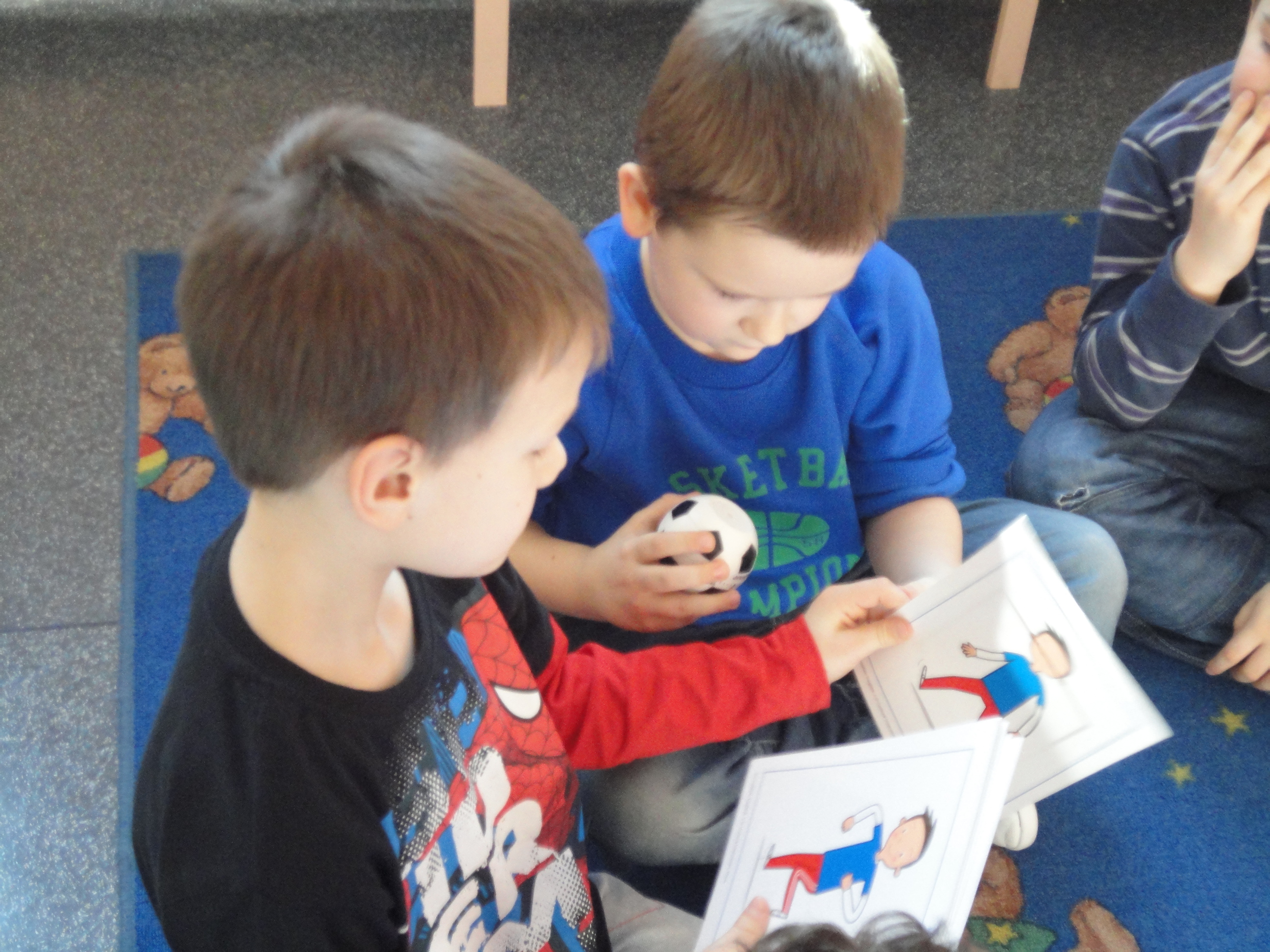 Many believe that the acquisition of oral language must precede learning to read and write in a second language. Yet, the integration of reading- writing- speaking-listening- thinking may not only enhance, but also, clarify L2 language learning in communicative settings. In this post Marylou M. Matoush, introduces her forthcoming webinar on supporting young second language learners as they develop biliteracy.
Many believe that the acquisition of oral language must precede learning to read and write in a second language. Yet, the integration of reading- writing- speaking-listening- thinking may not only enhance, but also, clarify L2 language learning in communicative settings. In this post Marylou M. Matoush, introduces her forthcoming webinar on supporting young second language learners as they develop biliteracy.
In our volume, Focus on Literacy, my colleague, Danling Fu, and I discussed the idea that “languaging pushes thinking while thinking pushes and extends languaging.” We used the term “languaging-as-thinking” to describe the process of “doing language, literacy, and learning while being and becoming (Fu & Matoush, 2014, pp. 14-15).” Active languaging-as-thinking while learning to read-write-speak-listen leads to bilingual/biliterate communicative competence, particularly when it is done for purposes that students see as meaningful and authentic.
Active languaging-as-thinking takes place during discussions before, during, and after reading. Just as significantly, it also takes place during the drafting of pieces of written communication and during interactions about the revision of those pieces of writing. And, when teachers view reading as an opportunity for students to see, hear, and respond to language and view writing as an opportunity for students to give voice to their own interests, inclinations, and ideas, they lead students on the journey to becoming thoughtful biliterates via:
- Language acquisition that’s connected to home language and cultures
- Voiced, personally meaningful language and literacy
- Opportunities to develop cognitive flexibility as well as linguistic flexibility
Instructional emphasis on active languaging-as-thinking impacts student’s understandings of L2 language and literacy and their feelings of self-efficacy regarding L2 language and literacy learning. Further, such an emphasis impacts their identity development as empowered biliterate language users who can choose how, when, where, and with whom they are able to communicate because they learn to make social, cultural, and linguistic choices that can reflect those identities.
Bilingual/Biliterate Development
Second language learners construct “one language system” not “two separate language systems” (Genesee, 2002). This newly acquired system develops gradually as students develop linguistic, cultural, social, and personal understandings. The developmental process is unique to each and learners develop at their own rates and according to their own particular sequence. This requires new language and literacy acquisition to be understood in terms of each student’s home language, culture and social interactions, their experiences with L1 literacy learning, as well as the personal interests, abilities, and inclinations that determine each individual’s use of language and literacy. Because these factors are unique to each student, supporting each student through the process of becoming biliterate is not a simple task.
Supporting Bilingual/Biliterate Growth
“Don’t expect perfection, expect growth.”
– Linda Hoyt
Many instructional approaches focus on correct, native-like language use for L2 learners. Yet, primary school learners are grounded in home-based language practices that are “transformed” (Grosjean, 1989) as a new interlanguage system develops. The “multicompetence” (Cook, 1991) that results from this process of transformation suggests that learning should be viewed in terms of “interlanguage” growth rather than in terms of the “target language” (Firth and Wagner, 1997). There is a growing body of research that demonstrates that this applies to both oral and written language development among primary school learners as well as among older students. In fact, Fu (2009) observed adolescent L2 writers and noted that many students visibly progressed from home language writing, to mixed language writing, to the clear use of interlanguage and that this progression occurred prior to the use of conventional English.
Similarly, many instructional approaches focus on bilingual or oral language development prior to biliterate or written language development. Yet, reading-writing-listening-speaking-thinking develop into a single, integrated interlanguage system in which written language supports oral language acquisition, just as oral language supports written language acquisition. Also, both oral and written language lacquisition are supported by:
- realia (physical objects)
- gestures, movements, and other kinesthetic involvement
- illustrations and other representations
- personal experiences grounded in home language and culture
- shared events and experiences
- meaningful social uses of language
The forthcoming webinar will focus on how these and other active languaging supports that enhance L2 biliteracy learning among diverse primary school students. A few practical, low-cost ideas for generating text that can be used for instructional purposes will be included.
Cook, V. (1991). The poverty-of-the-stimulus argument and multicompetence. Second Language Research 7, 103–17.
Firth, A. & Wagner, J. (1997) On discourse, communication, and (some) fundamental concepts in SLA research. Modern Language Journal, 81. 285-300.
Fu, D. (2009). Writing between languages: How English language learners make the transition to fluency. Portsmouth, NH: Heinemann.
Fu, D. & Matoush, M. M. (2014). Focus on literacy. Oxford, UK: Oxford University Press.
Genesee, F. (2002). Portrait of a bilingual child. In Vivian Cook (Ed.), Portraits of the L2 User. Clevedon, UK: Multilingual Matters, 167-196.
Grosjean, F. (1989). Neurolinguists, beware! The bilingual is not two monolinguals in one person. Brain and Language 36, 3-15.


Reblogged this on So, You Think You Can Teach ESL?.
Very interesting post… 🙂
Hi! Could you tell me were can I watch a recorded webinar? Sometimes I register but I can not attend so I would like to know where you post them. Warm regards, Marisol ____________________________ Lic. Marisol Araya Fonseca Medical Translator [email protected] Phones: (506) 83379015 / 22972243
Great content. Thanks for sharing it.